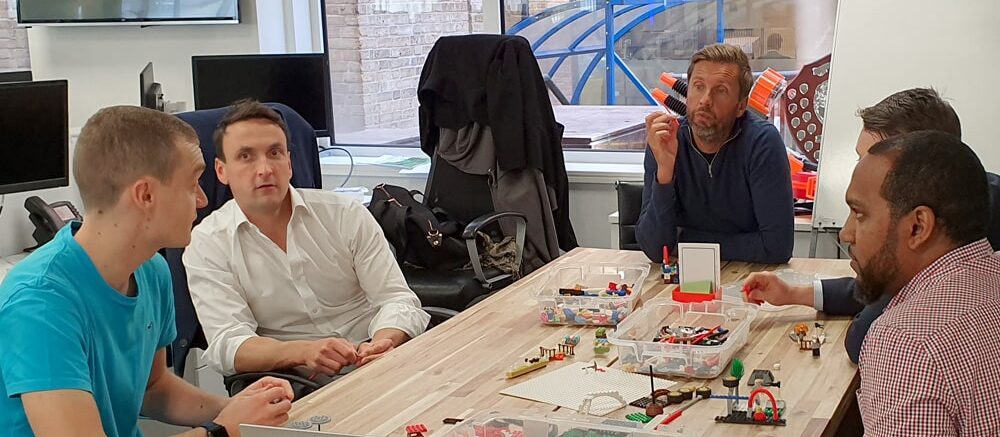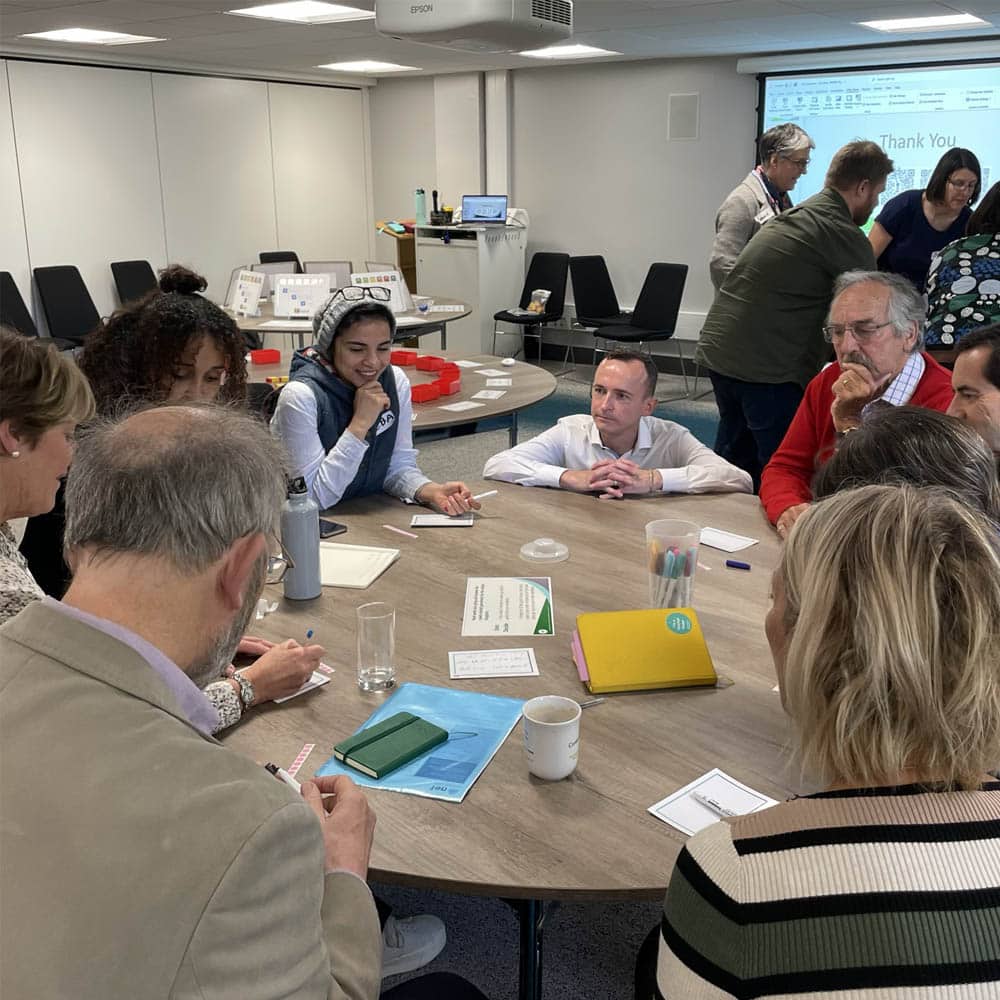Unity
United teams are the basis of successful organisations. But making the most of the skills, experiences, and needs of everyone on the team is a challenging balancing act.


What is team cohesion?
An aligned team is a group who understand a set of shared objectives and agree on how to reach them. The group has both social cohesion (a connection and affinity with each other) and task cohesion (a goal-oriented focus).
An aligned team looks like:
- Defined roles and responsibilities.
- Collective ownership and equal rights.
- Well-constructed debates and feedback.
- A supportive environment.
- Laser-focus with goals tied closely to the organisation’s vision and mission statements.
- Commitment to development and innovation.

What are the benefits?
Successful team cohesion can be a competitive differentiator, due to increased coordination, communication, trust, morale, creativity, and efficiency. It can also result in improved recruitment and retention
86% of employees and executives cite lack of collaboration or ineffective communication for workplace failures (Stein, 2022).
99.1% prefer a workplace where people identify and discuss issues truthfully and effectively (Stein, 2022).
You’ll be pleased to hear that implementing team cohesion is not as challenging as it sounds.
Our tips for incorporating alignment
1. Enable clear processes and expectations for communication.
Having set communication processes helps prevent conflict and ensures key information is shared with the right people, assignments and responsibilities are clear, and nothing falls through the cracks.
2. Communicate the vision and mission statement
Once your organisational purpose and strategy are established and articulated, your employees can align their values to your organisation and find meaning and motivation in their environment.
3. Help employees to understand their roles and responsibilities.
The more they recognise how their job fits into the context of the overall organisation, the more engaged and productive they will be.
4. Drive team performance by investing in your employees' growth and development.
The more they recognise how their job fits into the context of the overall organisation, the more engaged and productive they will be.
5. Build a continual learning and development culture.
Ask questions, explore possibilities, and adapt work based on your strategic goals. When teams learn from past mistakes, they are more effective, efficient, and innovative.


